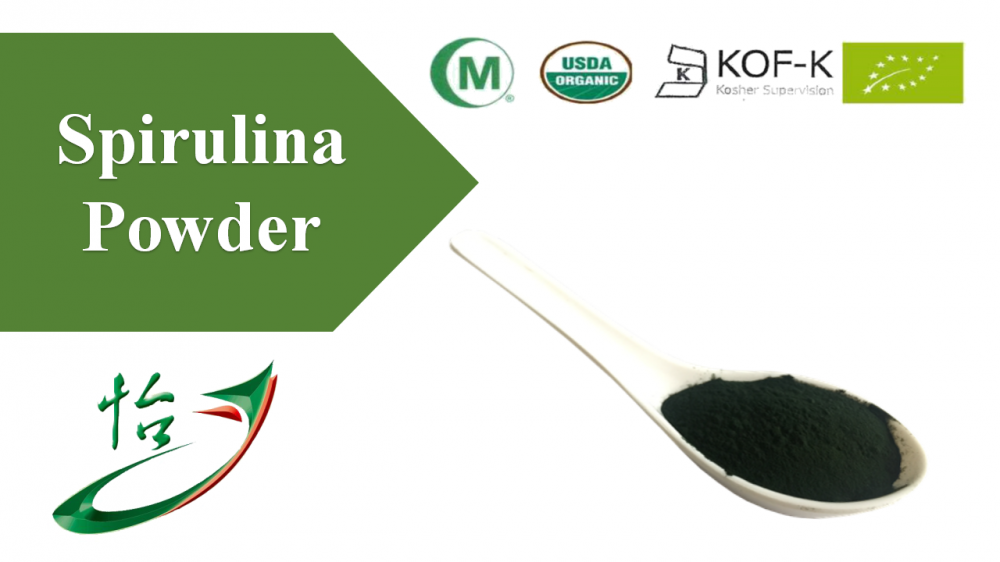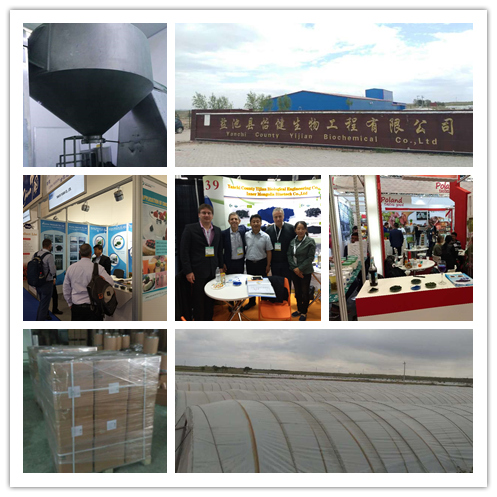First, the pond is a pond near the square, surrounded by 8 meters wide, 0.6 to 0.8 meters deep, beach surface can be raised to 1.2 meters, the bottom of the pool is sandy soil, less silt, water quality is good, complete water injection and drainage facilities, Small wooden boats can be set in the pond for feeding, fertilizing and managing. The inner side of the pond is buried in soil with a dense mesh of polyethylene mesh to prevent boreholes such as cockroaches, clams, crayfish, and crabs. The pool is firm and leak-proof. Use asbestos tiles for escape prevention. At the beginning of a breeding cycle, the ponds should be dredged and repaired, strictly disinfected with quicklime, tea seed cake and other drugs. After filtration and water injection, sufficient base fertilizers should be applied to cultivate natural foods, and aquatic plants such as Artemisia halodendron and Vallisneria be planted. Before and after a large number of live snails to allow them to reproduce naturally; Second, seedlings species: After the clear pond pond stocking about 20 kg of heterotrophic crucian carp 200 kg, equivalent to 4.3 kg per mu. In the middle and late periods, due to the overgrown aquatic plants, grass-fish-controlling aquatic weeds were released, totaling 400 kg, averaging 8.6 kg per mu. Green prawns: After clear ponds, young prawns can be stocked with 3 to 5 kilograms per mu, or about 25 pounds of broodstock per kilogram, about 0.5 kg per mu, before and after April. Crabs: 8 to 90,000 “bean crabs” were reared before 1,000 months per kilogram of 1,000 larvae reared by macro-raised eyes, equivalent to about 1800 per mu. Other species: Ponds that cultivate shrimps and crabs all year round. Because they rarely use pesticides, they protect the natural resources such as yellow earthworms, loach and crayfish in ponds. Generally, they do not need to be seeded, allowing them to reproduce naturally in ponds. And grow. Third, the feeding tube adopts the method of simulating the natural ecology and breeding, and the natural baits (plankton, zoobenthos, snails, aquatic plants, etc.) are cultivated and propagated with inexpensive fertilizers (chicken manure) and snails for free breeding and artificial feeding. Only as a supplement, a total of 2,000 kg of feed such as 1,500 kg of bean cake, 1,000 kg of bran, 1000 kg of rice bran and small weeds were fed for the entire period. Feeding and fertilizing can be controlled flexibly according to the weather, water quality, the amount of natural food, the amount of cultured ponds, and the growing season. Take a patrol once a day, morning and evening, and add oxygen at any time depending on water quality, weather, and floating head conditions. In normal conditions, water is added 1 time per week. Each time the amount of water is added to the water in the pond, the water is usually injected into the pond 20-30 cm. The dissolved oxygen is sufficient, the water level is relatively stable, the transparency is about 35 cm, and the water quality is “Fat, live, tender, and cool. "The request. Every month, Quan Li splashed lime once to regulate the pH of the pool water. Fourth, disease prevention in the entire culture process, the fish species before soaking with 3% saline for 10 minutes, shrimp crabs stocked with 50 mg / elevated potassium manganate bath 2-3 minutes. During the growing season, the bait is fed once every half month (50 kg feed plus 25 grams oxytetracycline, twice daily, and fed for 3 days); in addition, the baits, tools, etc. are often sterilized with bleaching powder. Fifth, fishing for yellow earthworms, loach, green prawns, crawfish crayfish cages are used for a long period of time. The method of catching large and small animals is adopted. As long as they reach the market specifications, they must be sold; the crabs are formed after the “Chongyang” Festival and in the evening. Poolside pools are hand-captured and hand-held, combined with cages, until the end of November, dry pond fishing, Teng Tong for the next cycle to use.
This classification summarizes the Feed Grade Spirulina Powder produced by our own factory in northwestern of China .
We have advanced equipment and strict quality control system to ensure the quality and production.

The products under the classification are:
1. Feed Grade Spiruina Powder .
Various parameter specifications of our product:
Naturland Certified ; CERES certified .
EU & NOP standard ; Kosher & Halal Available .
Low heavy metals & Micro Contents , Low & Stable PAH4 Level ,
PAH4 value is less than 10 ppb .Low microorganismsNon-Irradiation ,
Non GMO , Gluten Free , Allergen Free , Pesticides Free .
Own Factory : Manufacture in northwest of China . Legitimacy , Regularity , Cultural .
Own Lab : Quality control and Product development . Strictly , Creativity , Responsibility .

About Company
Yanchi County Yijian Biotechnol Co.,Ltd
was founded in Dec 2012 ,
by Mr. Dezhi Zhang ,
the legal representative of the company .
Company registered capital is 10 million RMB .
The main business sectors are culture , processing , internal sales , import and export trade of Organic Spirulina and Organic Chlorella products .
Yijian is known globally as one of the major suppliers of microalgae products across the world .
Annual production rate is 600 Mt .
Average annual sales income is around 5 million dollar .
Feed Grade Spirulina Powder
Feed Grade Spirulina Powder,Spirulina Powder For Feed,Feed Grade Nutritional Supplement,Feed Grade Organic Spirulina Powder
YANCHI YI JIAN BIOLOGICAL PROJECT CO.,LTD , https://www.spirulina-yj.com


没有评论:
发表评论